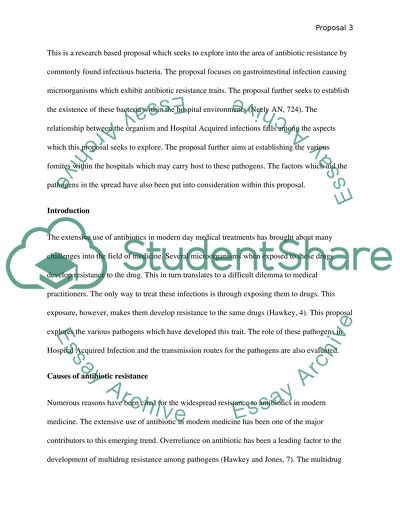Cite this document
(“Thesis proposal about antibiotic resistance pathogens in fomities Dissertation”, n.d.)
Retrieved de https://studentshare.org/biology/1392259-thesis-i-proposal
Retrieved de https://studentshare.org/biology/1392259-thesis-i-proposal
(Thesis Proposal about Antibiotic Resistance Pathogens in Fomities Dissertation)
https://studentshare.org/biology/1392259-thesis-i-proposal.
https://studentshare.org/biology/1392259-thesis-i-proposal.
“Thesis Proposal about Antibiotic Resistance Pathogens in Fomities Dissertation”, n.d. https://studentshare.org/biology/1392259-thesis-i-proposal.


